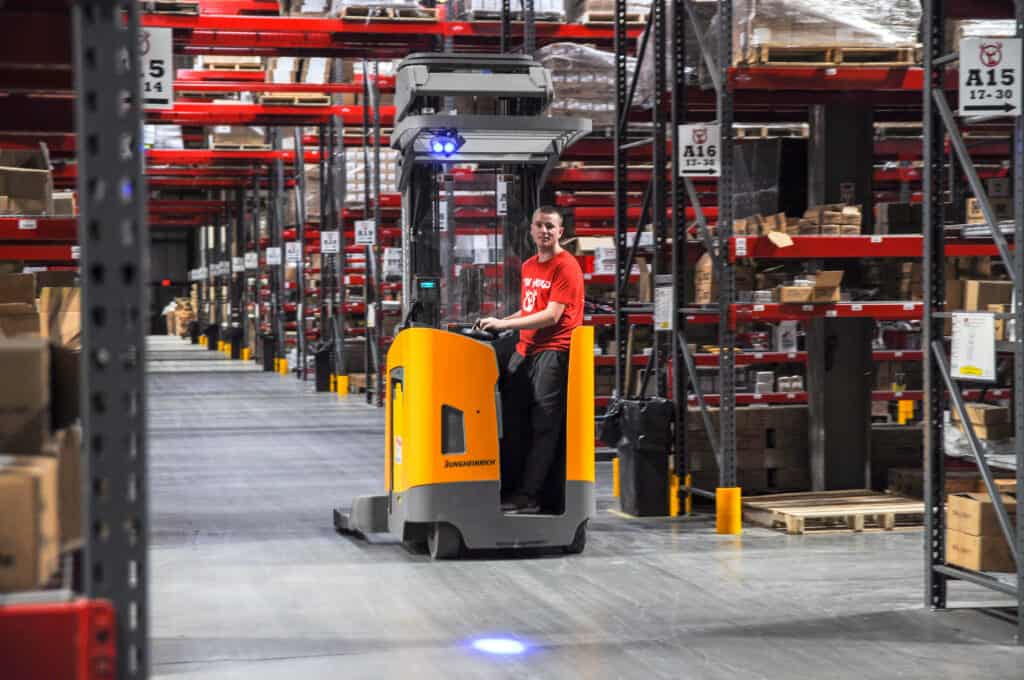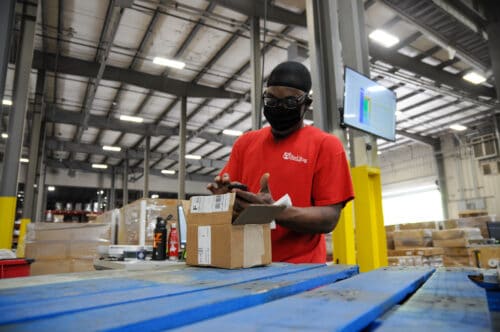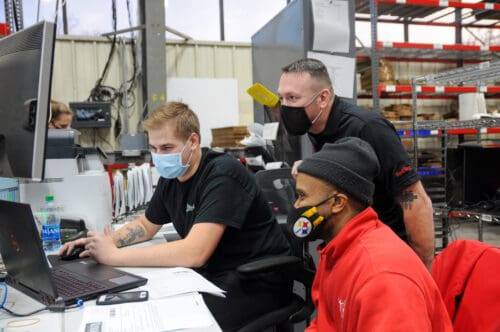Logistics has become increasingly sophisticated. The current worldwide crisis has put supply chains in the news. However, the role of outsourced logistics in the supply chain hasn’t been fully explained. Most people may have heard of 3PL, 4PL, 5PL, and beyond. Still, you might be unclear on what each level of logistics services entails, and how they compare to each other.
Third-party logistics is the most common and prominent service. However 4PL is becoming more prominent in supply chains. Here’s everything you need to know to understand 1PL, 2PL, 3PL, 4PL, 5PL, and on up to 10PL.
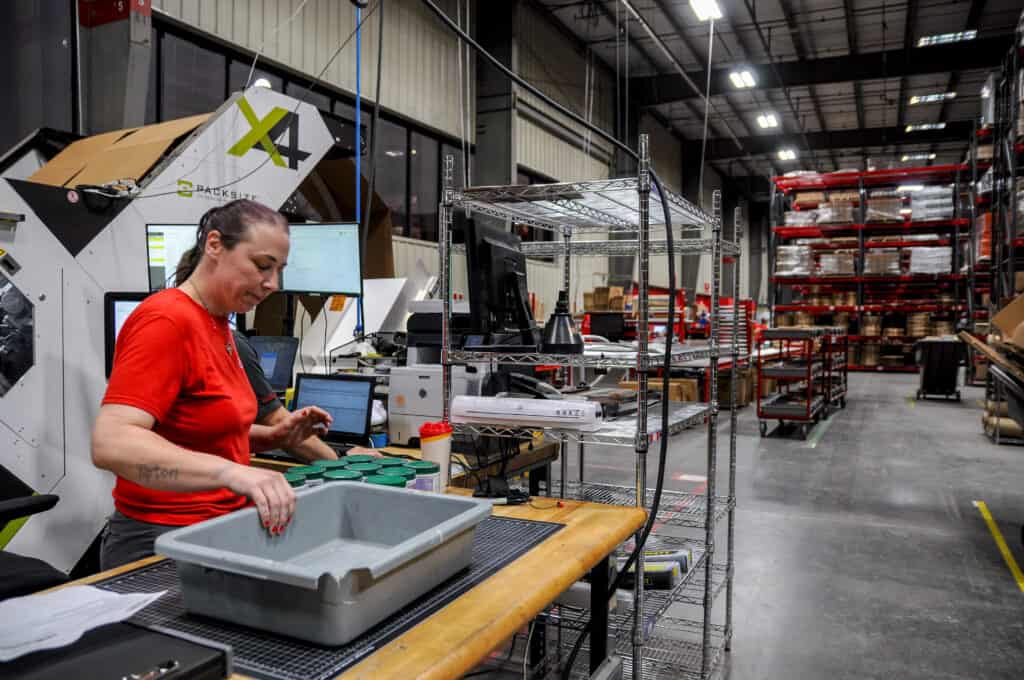
Levels of logistics services: 1PL, 2PL, 3PL, 4PL, 5PL
Supply chains are becoming more diverse and complex. To help businesses manage this complexity, providers are creating new levels of logistics management. The most common are 3PL, 4PL, and 5PL. But services start with first-party logistics and continue all the way to 10th-party logistics.
Here are the definitions for the first five levels of logistics services.
What is 1PL?
First-party logistics are when the manufacturer handles its own warehousing and shipping. First-party logistics companies often have their own fleet of trucks. There are fewer companies handling their own logistics these days. Outsourcing helps manufacturers and sellers stay nimble.
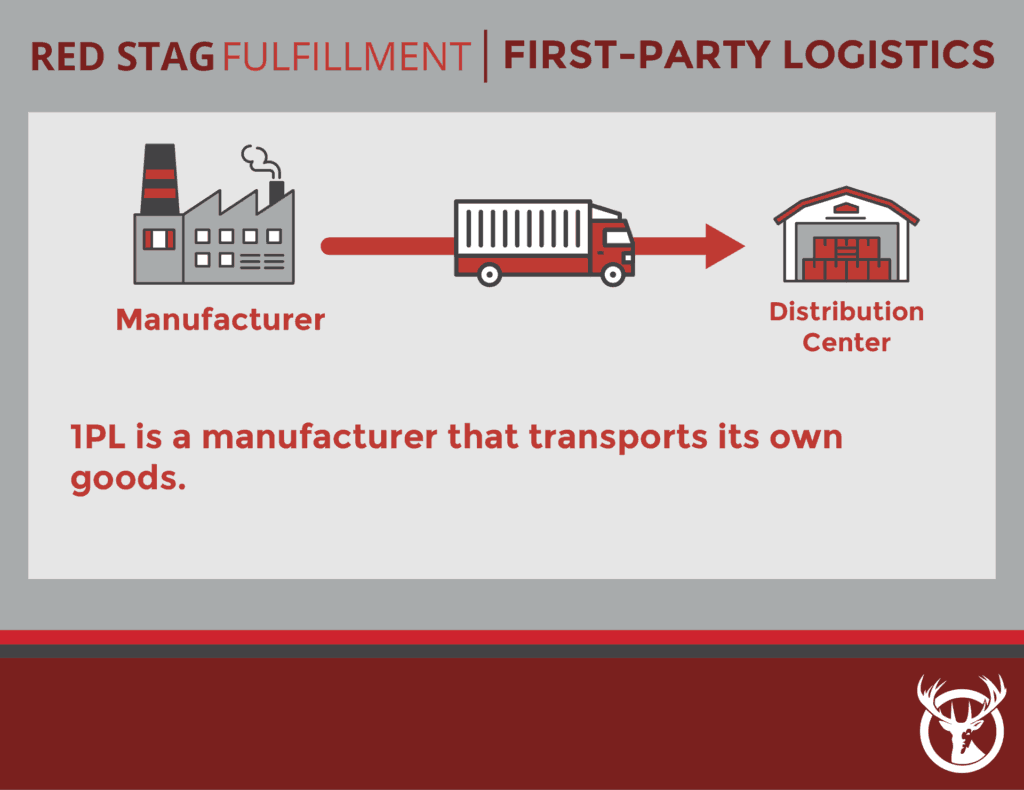
What is 2PL?
Second-party logistics providers handle only the transportation segment of the supply chain. Trucking and shipping companies are examples of 2PLs.
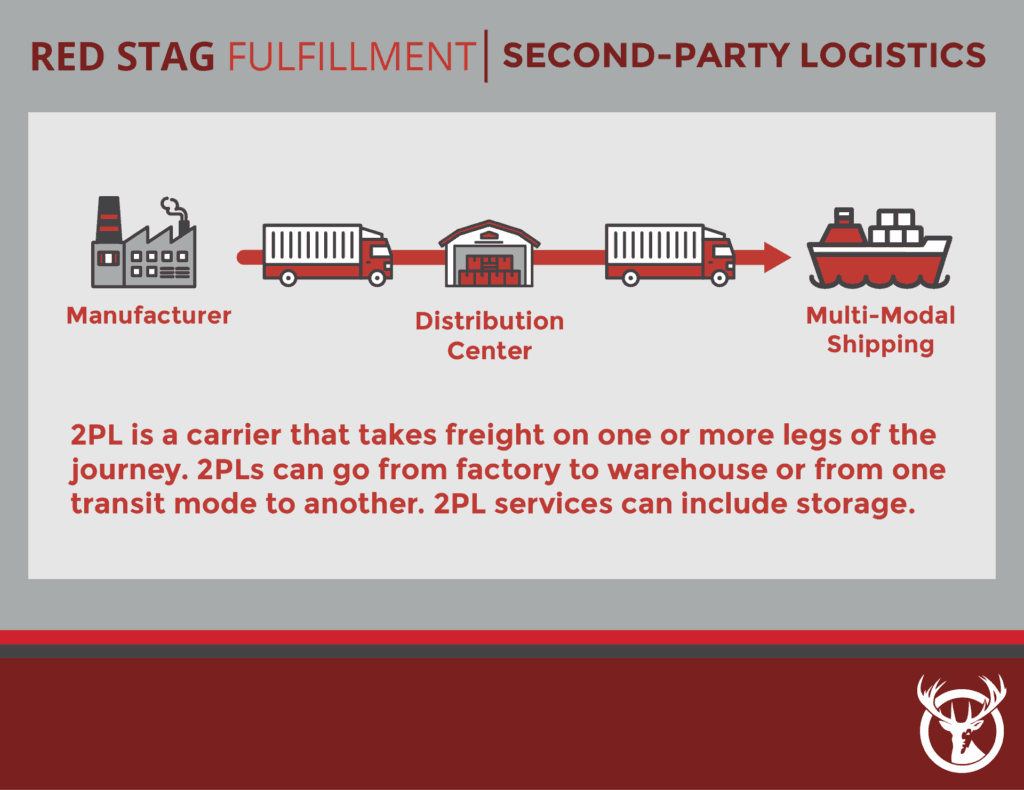
What is a 3PL?
Third party logistics is the most common form of outsourced logistics and can fill whole articles on its own. Check out our third party logistics guide for more on the 3PL definition.

What is 4PL?
Fourth-party logistics companies act as consultants. 4PL companies don’t have the physical assets needed to move products through the supply chain, and so they manage logistics for their clients. This is the biggest difference in 3PL vs 4PL. 4PLs may contract with freight companies, 3PLs, and other service providers on behalf of clients.
You might think of a 4PL consultant as your fulfillment concierge. The 4PL has the expertise to assemble and manage outsourced supply chain operations. That’s one less thing to take time away from growing your business.

What is 5PL?
The 5PL is a consultant one level above a 4PL. Fifth-party logistics companies combine the shipping needs of multiple 3PLs. This allows them to negotiate better carrier rates. You can use the services of a 5PL provider to run all aspects of your supply chain. The 5PL will source the services you need and negotiate contracts for you. 5PL companies serve 3PL companies by acting as logistics aggregators.
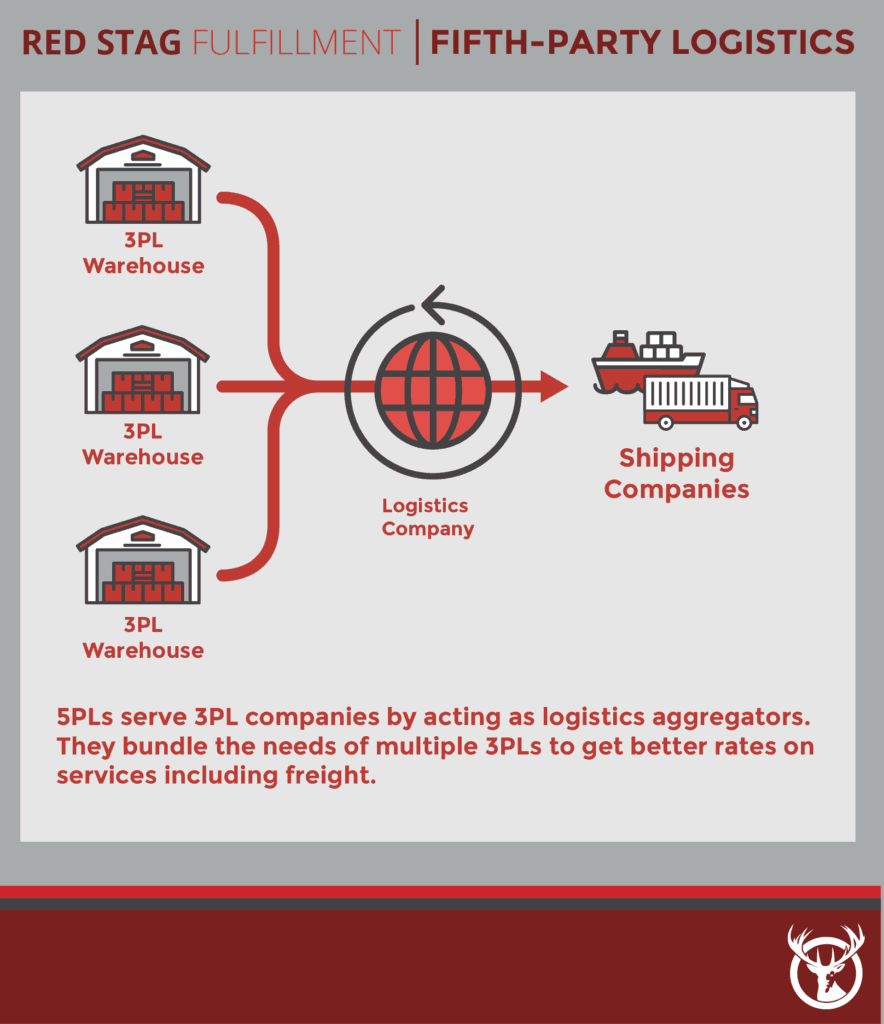
Beyond 3PL, 4PL, and 5PL
Outsourced logistics was rare before the 1980s. However, changes to regulations governing the transport industry and advances in technology transformed supply chains. This set the stage for 3PL, 4PL, 5PL, and other services to take off. As technology advances and more and more artificial intelligence (AI) enters the supply chain, outsourced logistics services are rising to new levels. Some even envision 10PL, a service that doesn’t exist yet.
Here are the layers of outsourced logistics that will shape the future of supply chain management.
6PL
Sixth-party logistics provides ecologically friendly supply chain management. The 6PL perspective evaluates links in the chain based on resource use and renewability. The 6PL can also evaluate issues of equity in supply chains. B Corporations, which have to meet high standards of social and environmental accountability, will find that 6PL services are a valuable resource.
7PL
Seventh-party logistics is a service that combines 3PL and 4PL services (hence the seven). With 7PL services, you get full-service fulfillment, warehousing, and transport services under one umbrella. The 7PL provider has the big-picture management expertise of a 4PL. A 7PL adds on the ownership and control of physical assets (warehouses) that is typical for a 3PL. This creates a one-stop shop for fulfillment and supply chain management.

8PL and beyond
Above 7PL, the layers are an expression of the vision of what logistics can do. Eighth-party logistics organizes a high-level committee. That group analyzes industry-wide practices and proposes logistics solutions. Ninth-party logistics seeks crowd-sourced solutions for last-mile delivery. Think of it as Doordash or Lyft for packages. Tenth-party logistics envisions a supply chain run by AI. This 10PL vision has been described as “supply chain becomes self-aware and runs itself.” Imagine that.
What is the difference between 3PL and 4PL?
3PL vs 4PL is a common comparison. The difference between 3PL and 4PL is that 3PL companies generally own and operate warehouses and transportation, while 4PL companies are instead focused on higher level coordination of the supply chain. A 3PL will manage day-to-day operations, while a 4PL is focused on optimizing the entire supply chain including 3PLs and other third party assets.
The type of logistics you choose will depend on the way you run your business and where you want to spend your time. Some business owners feel most comfortable when they are involved in supply chain decision-making. Others want to outsource as much of their logistics operations as possible. This gives owners and staff freedom to focus on other aspects of running the businesses. If you are like most business owners, you fall somewhere in the middle. You want to make sure your operations run smoothly. But you don’t have the time to monitor every aspect of your logistics. You need a trusted partner that will provide the right level of services.
Part of your decision about logistics depends on the size of your business. The 1PL model only works for very large businesses. It takes a large operation to absorb the expense of owning and operating a trucking fleet. The services of 4PL, 5PL, and 7PL providers can save you money on fulfillment. However, you need a high enough sales volume to see a net gain. These services are great, but only if the savings offset the cost of the outsourced logistics services.
For most eCommerce companies, 3PL is the most useful outsourced logistics model. Using a 3PL for your order fulfillment frees up your internal team to focus on business development. Your 3PL services company becomes your business partner. That partner can deliver top-notch service to your customers to help your business grow.
The best fulfillment service companies use the latest tech. Their software can track everything from inventory on the shelves to the status of shipments. Most 3PLs have dashboards that allow clients to access data on their products, often in real time. A good 3PL is as much a tech company as it is a warehousing and logistics company. At Red Stag Fulfillment, our technology is one of the things that sets us apart from the competition.
Would you like to know more about the comprehensive 3PL services that Red Stag Fulfillment provides? Please contact us and sign up for your no-obligation trial.
